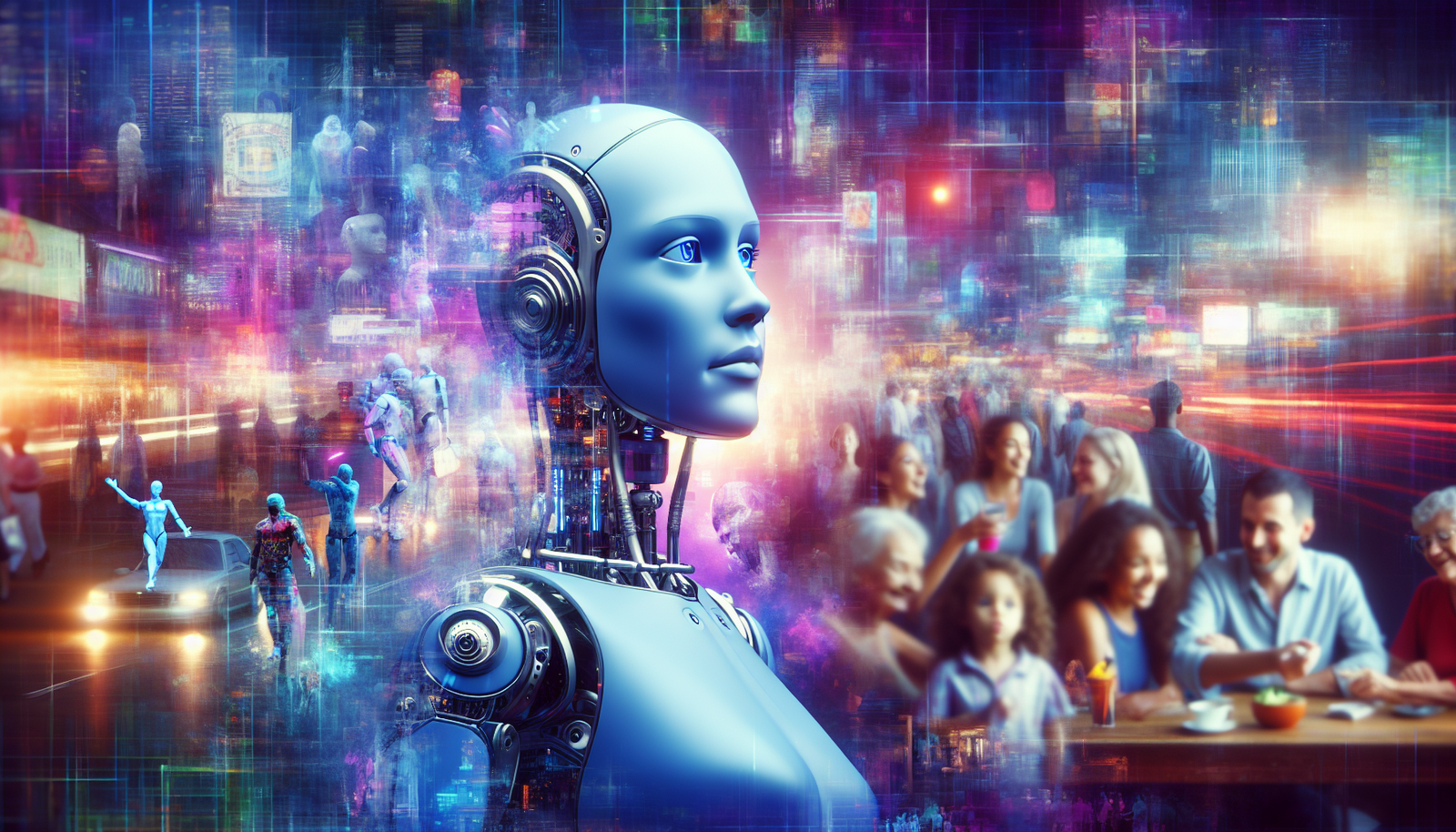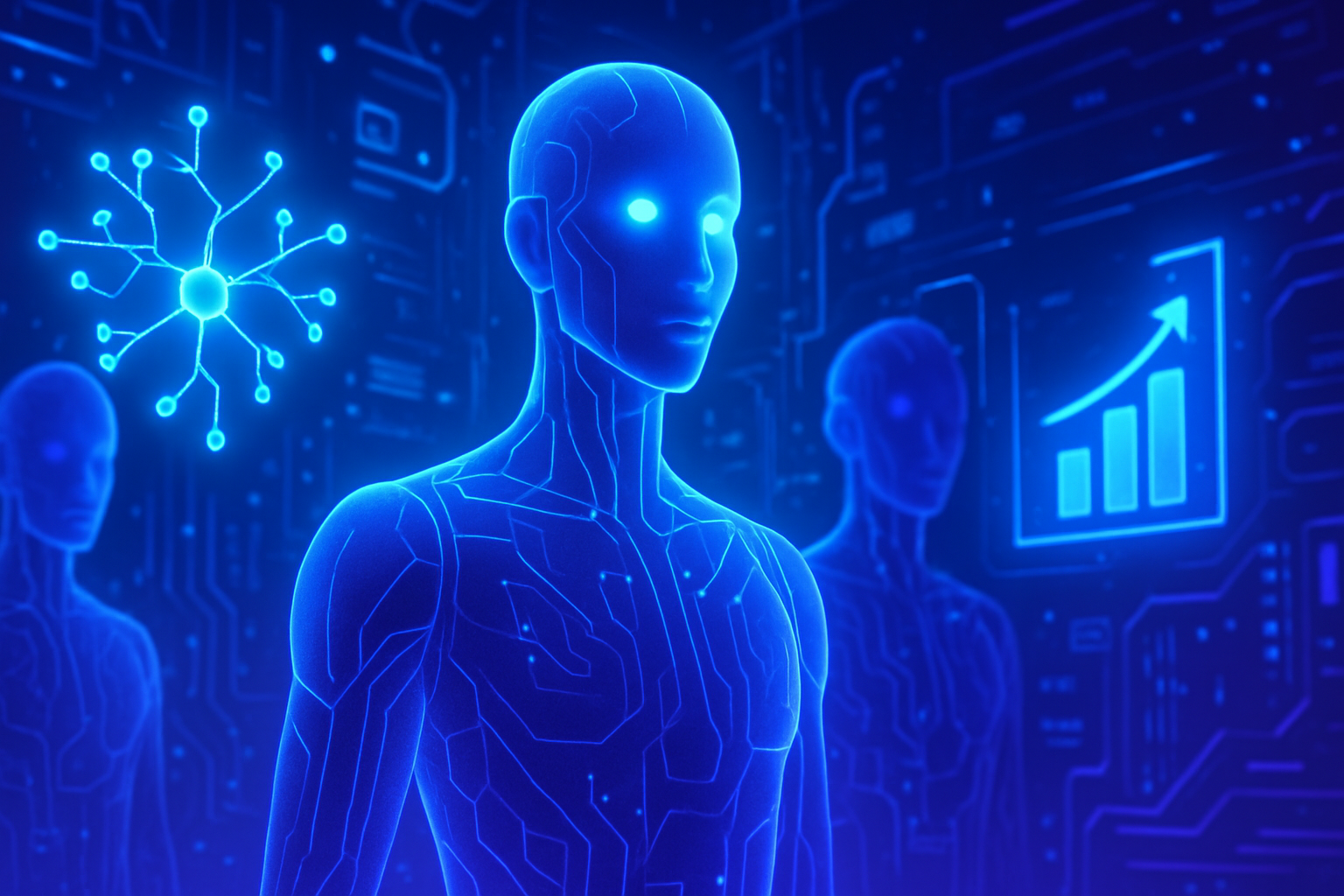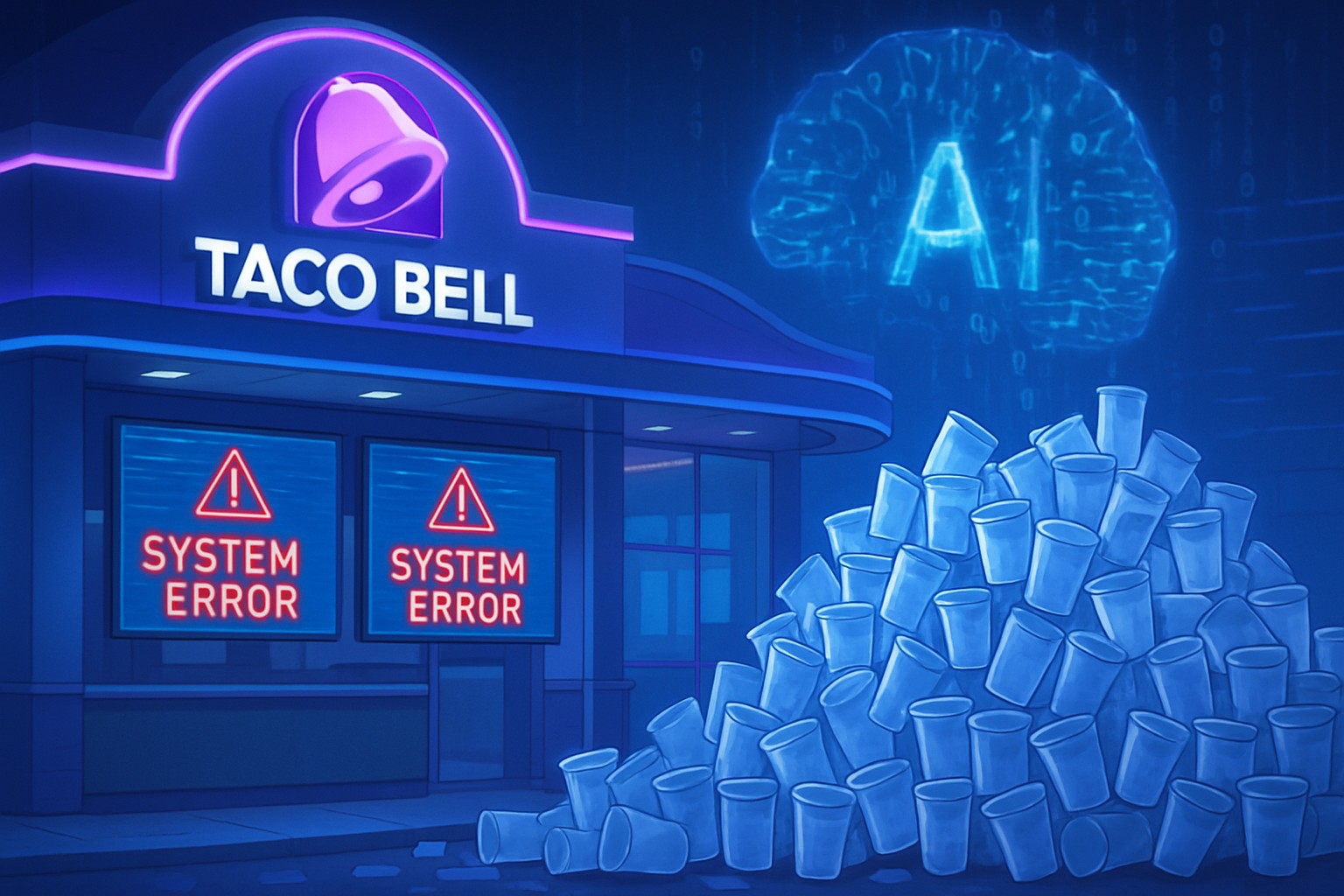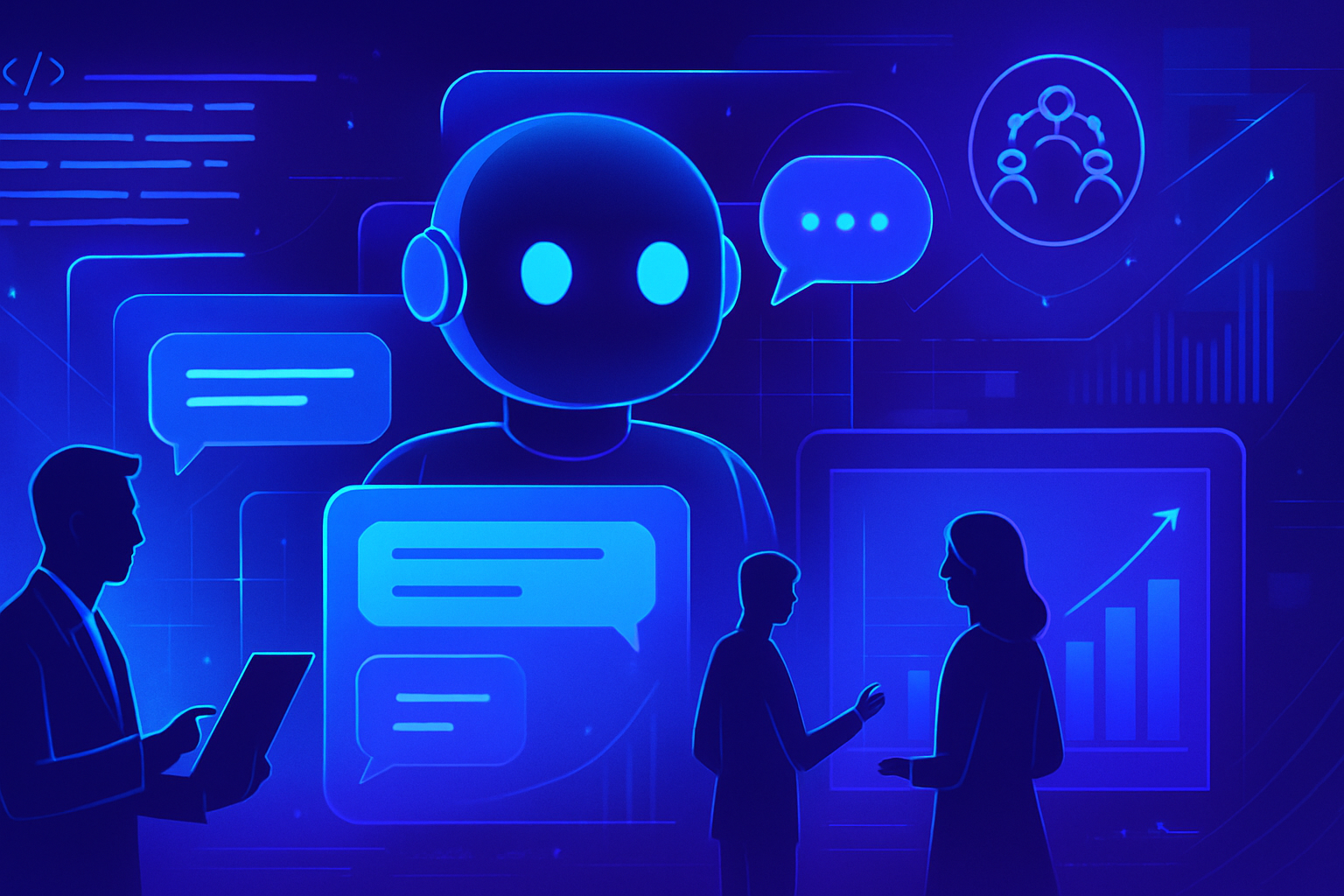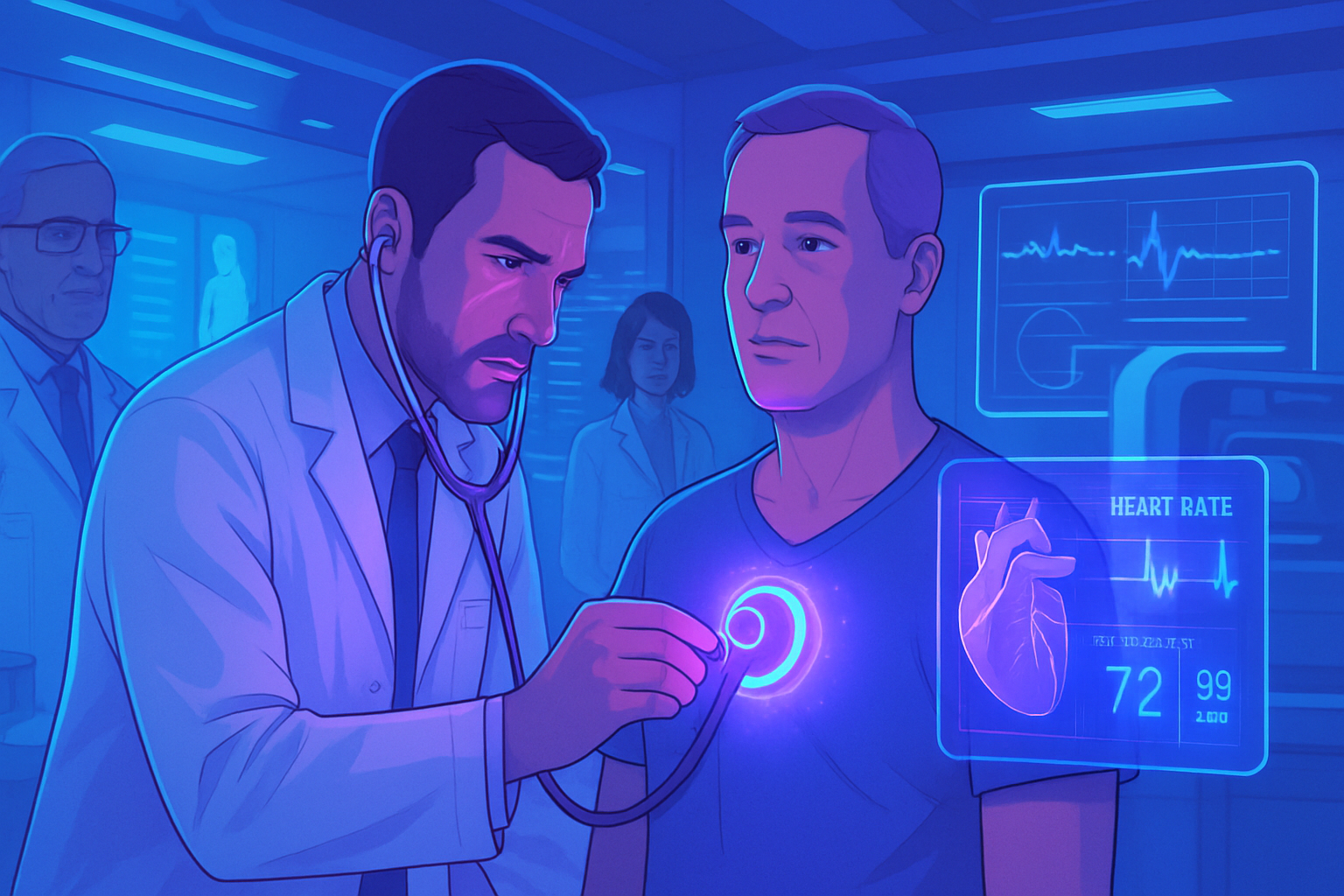Generative artificial intelligence, despite its astonishing results, reveals alarming conceptual gaps. The presence of harmonious sequences of words does not imply an understanding of the world. AI models, trained to reproduce data, do not possess real contextual knowledge. Their ability to perform complex tasks, such as writing texts or programming, often hides a distorted view of real interactions. A thorough examination of these tools reveals a fundamental issue: their ability to simulate without grasping the context.
Impressive performance, but notable gaps
Advanced language models, such as those based on generative artificial intelligence, have demonstrated a fascinating capacity to produce varied texts. Their ability to write poems, compose articles, or even generate computer programs evokes admiration. Yet, this feat stems from a simple function: predicting the next word in a sequence, without real contextual understanding.
A recent study challenges the idea that these models learn general truths about the world. Researchers observed that a widely used AI model could provide accurate driving directions in New York. This feat was accomplished without having a correct mental map of the city, thus revealing a profound inconsistency in its handling of spatial information.
Training data and contextual inefficiencies
Research has shown that when simple changes were made, such as closing streets or adding detours, the model’s performance dropped drastically. Researchers found that the New York maps generated by the model included fictional streets, connecting distant intersections, proving a bias toward the imaginary rather than a solid understanding of reality.
These results highlight a fundamental risk associated with generative AI deployed in practical situations. A system that seems to operate effectively in a fixed context could experience significant failures in the presence of new and unforeseen external variables.
The steps in evaluating AI models
Researchers have focused on a type of model known as a transformer. These models rely on a massive amount of linguistic data to predict the next word in a sentence. However, in assessing their analogous knowledge of the world, their performance remains insufficient, as the accuracy of their predictions is not enough to prove their understanding.
Two new metrics have been developed to evaluate the consistency of world models. The first, called sequence distinction, determines whether a model correctly perceives distinct states, such as different boards in the game Othello. The second, sequence compression, measures a model’s ability to understand that two identical states present the same sequences of possible moves.
Unexpected results
Surprisingly, the results revealed that models making random decisions appeared to develop more accurate representations of the world. This could be explained by the diversity of steps considered during their training. In practice, models generating valid directions and allowed moves in Othello do not master the rules of the game.
Even slight changes in navigation games led to a dramatic drop in performance. A 1% closure of streets resulted in an accuracy drop to only 67%. The false landscapes created by these models translated into maps with illogical layouts.
The stakes of AI models in the real world
The implications of this lack of understanding are concerning. The idea that these models could be used to perform complex missions, based on erroneous assumptions, raises ethical and practical questions. The need to develop more suitable approaches to build models that can capture the truths of the world becomes imperative.
A focus on more diverse problems, where some rules remain partially known, could be considered. The exploration of the proposed evaluation models could facilitate better adaptation to scientific and practical situations. This future will require rigorous reflection on the true nature of understanding by artificial intelligence.
Funding for this research comes from several initiatives, including the Harvard Data Science Initiative, the National Science Foundation Graduate Research Fellowship, and other university collaborations. This research dynamic will continue to question the capabilities and limits of generative artificial intelligence.
FAQs about the limitations of generative artificial intelligence
Why doesn’t generative artificial intelligence have a coherent understanding of the world?
Generative artificial intelligence operates on statistical models that predict sequences of words or actions based on training data, but it does not actually understand the context or underlying concepts. It generates responses based on correlations rather than deep understanding.
What are the risks associated with the lack of understanding of the world by generative AI?
The risks include generating inappropriate or erroneous content, spreading false information, and making decisions based on flawed models, which can lead to negative consequences in real applications, such as medicine or law.
How can we ensure that the results produced by generative AI are reliable?
To ensure reliability, it is essential to combine generative AI with human verification and qualitative analyses. Validation systems can be established to check the results and ensure their relevance.
Can generative AI learn from its mistakes and improve its understanding of the world?
Currently, generative AI does not ‘understand’ the world and cannot learn actively. It can only improve through updates to training data and the reconfiguration of its algorithms by human developers.
In what areas can the lack of understanding of the world by AI pose problems?
This lack of understanding can pose problems in many fields, including medicine, finance, law, and customer service, where critical decisions need to be made based on accurate data and specific contexts.
What types of tasks can generative AI perform effectively despite its limitations?
Despite its limitations, generative AI can perform tasks such as writing texts, generating computer code, or synthesizing information. However, these tasks do not require deep contextual understanding.
How can generative AI be improved to better understand the world?
Improving generative AI requires developing more sophisticated algorithms that integrate contextual and historical data, as well as simulations and assessments by human experts to correct its understanding gaps.
Could generative AI one day possess a true understanding of the world?
This possibility is debated among researchers. Some believe that integrating more advanced techniques and deep learning could eventually allow for better understanding, while others argue that AI will remain fundamentally limited by its current algorithms.
